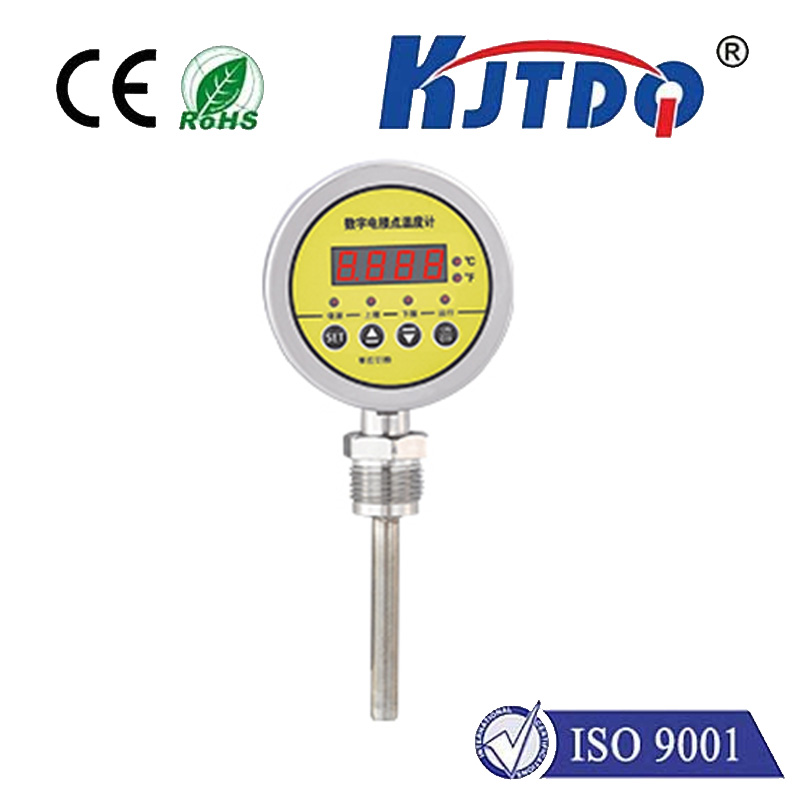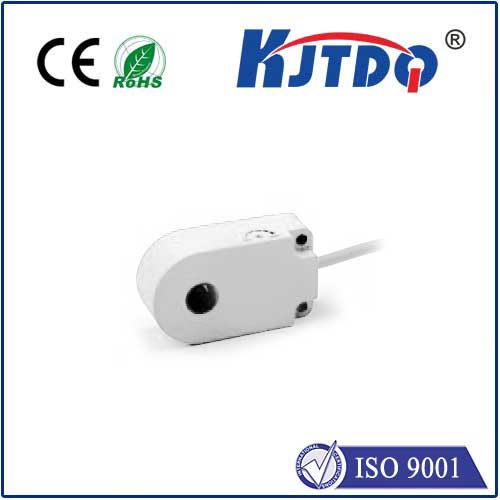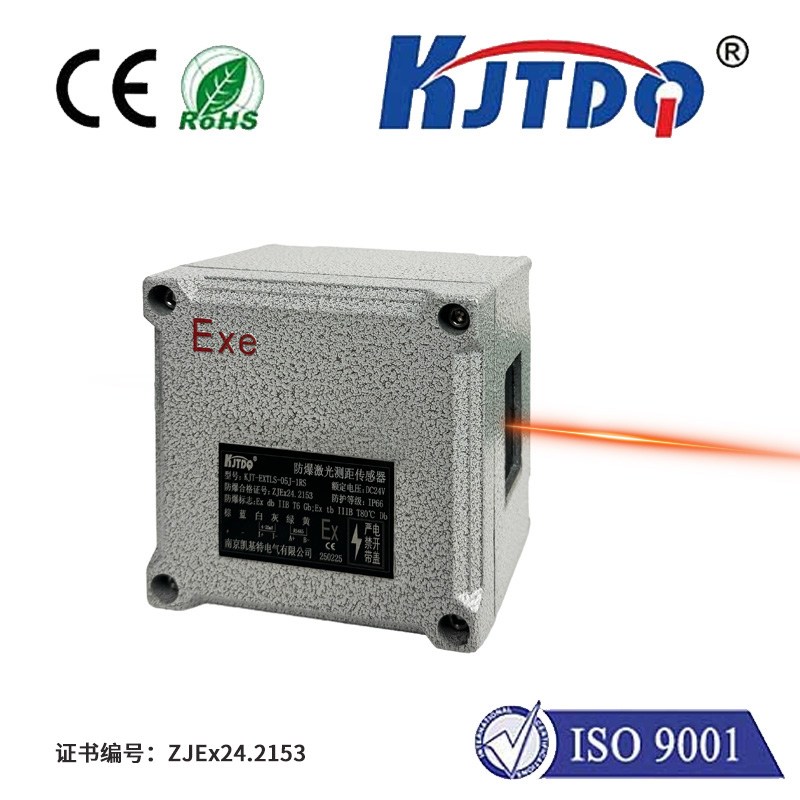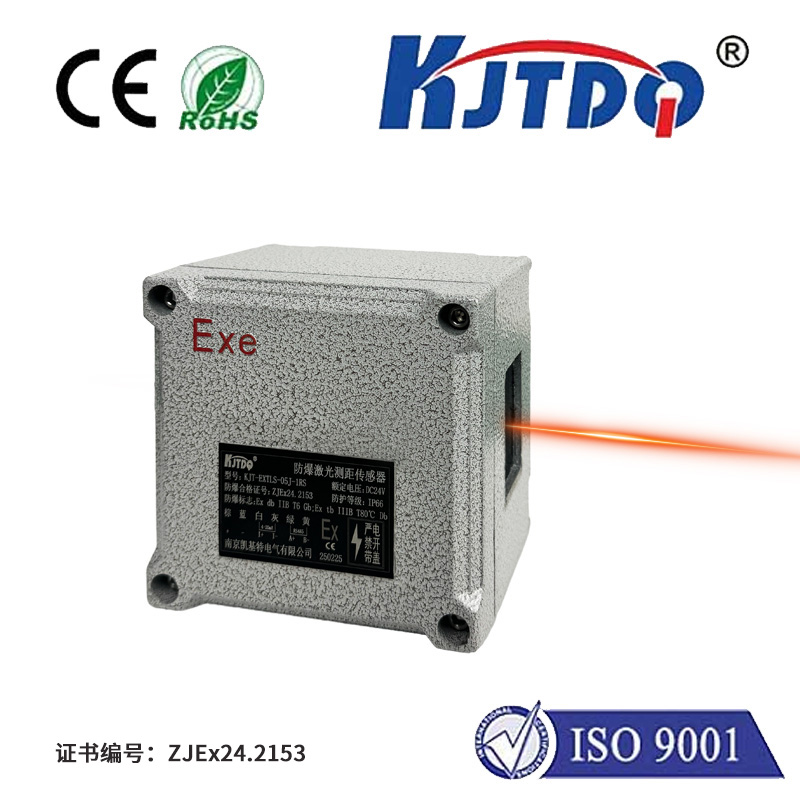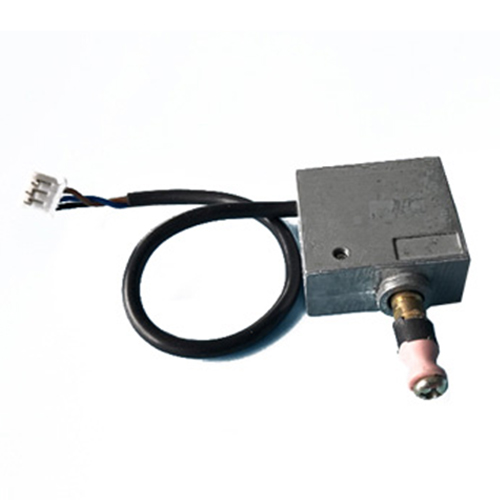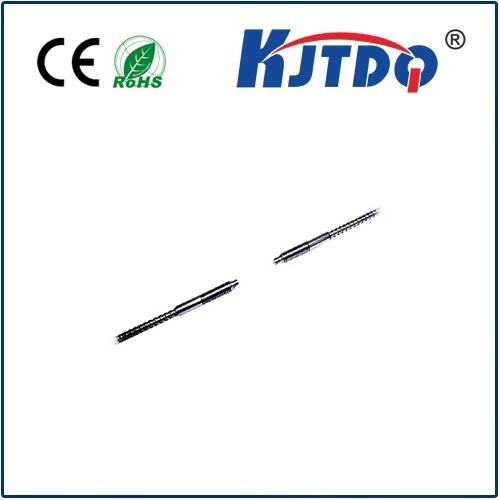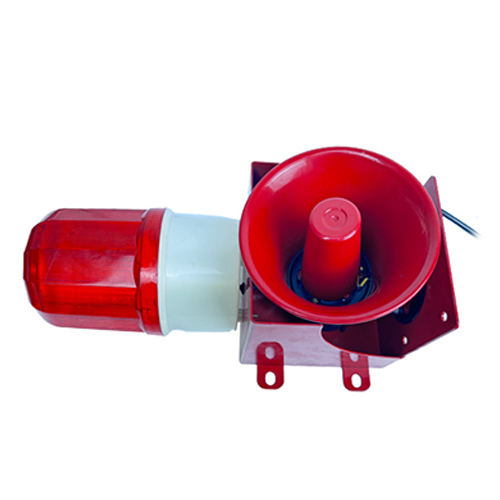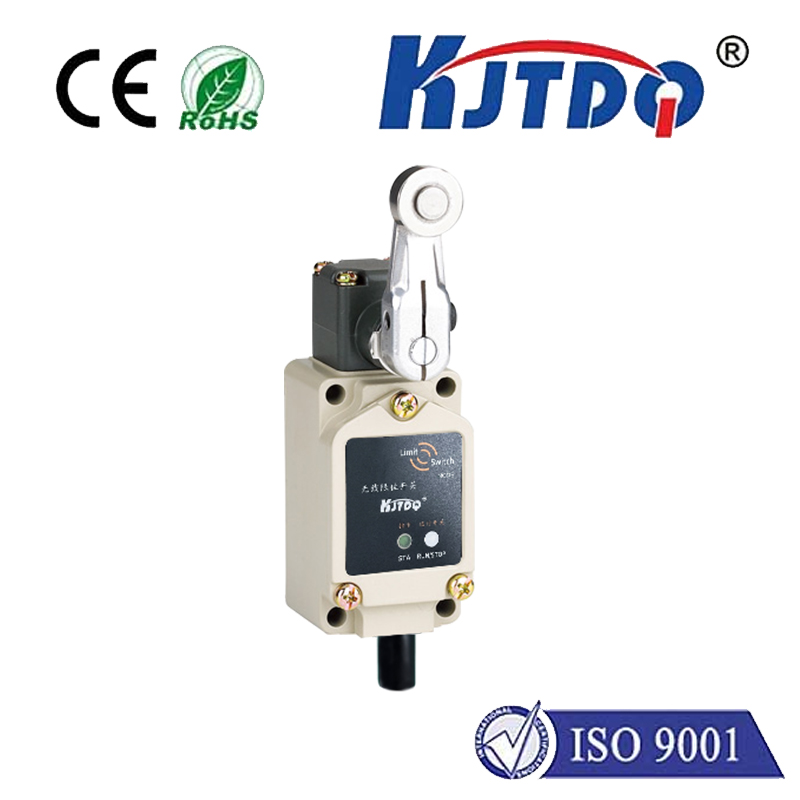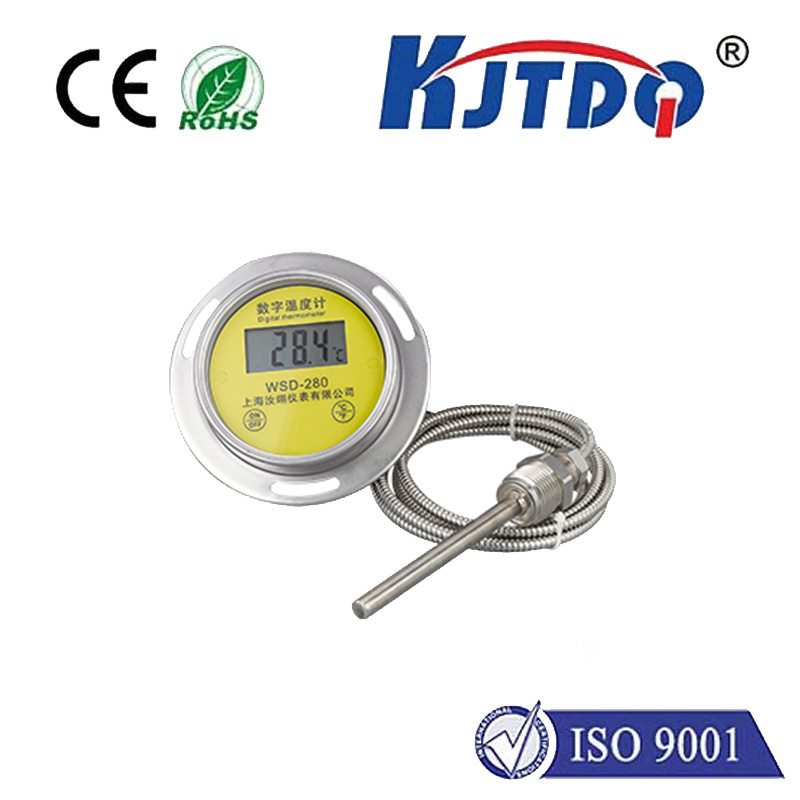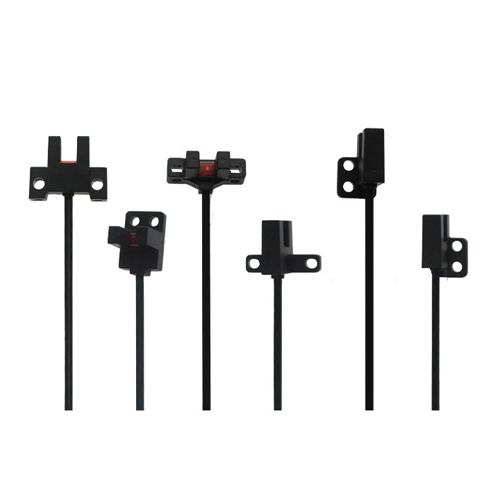конденсаторный датчик приближения
- time:2025-09-05 12:00:29
- Нажмите:0
Capacitive Proximity Sensors: Revolutionizing Touchless Detection
Imagine adjusting your car’s radio without physically touching the dial, or your smartphone screen ignoring accidental cheek presses during a call. These everyday conveniences, and countless industrial marvels, are made possible by a remarkable technology: the конденсаторный датчик приближения. Moving beyond the limitations of mechanical switches and other sensing methods, these sensors detect the presence or absence of objects without physical contact, leveraging the fundamental principles of electrostatics. Understanding how they work reveals a world of subtle, reliable, and versatile detection capabilities.
The Core Principle: Sensing Changes in an Electric Field
At the heart of every конденсаторный датчик приближения lies a simple yet powerful concept: the ability to detect changes in an electric field. The sensor essentially functions as one plate of a capacitor. The target object (or even the human body) acts as the other plate, or influences the sensor’s existing field. Air acts as the dielectric material between them.
Here’s the breakdown:
- The Active Electrode: The sensor face contains an active electrode connected to an internal oscillator circuit.
- Generating the Field: The oscillator produces a high-frequency alternating current, generating a measurable electrostatic field radiating from the active electrode.
- Detecting Intrusion: When an object enters this field, it disrupts or distorts the field lines. This is known as electric field distortion.
- Measuring the Change: The intrusion changes the capacitance value © of the system. Capacitance is the ability of a system to store an electrical charge, defined by
C = εA/d, where:
ε is the permittivity (dielectric constant) of the material between the “plates”.А. is the area of the plates.d is the distance between the plates.
- Triggering Action: The sensor’s sophisticated electronics detect this change in capacitance (ΔC). Once the change exceeds a predefined threshold, the sensor’s output state switches (e.g., from OFF to ON).
Crucially, the target object doesn’t need to be electrically conductive. While conductive materials (like metals) have a significant impact by effectively becoming the capacitor’s second plate, non-conductive materials (like plastic, wood, glass, liquids, or even the human body) also affect the sensor. This is because they have different dielectric properties compared to air. Materials with a higher dielectric constant increase the capacitance even more significantly, making detection easier. Think of it like the material’s inherent ability to “hold” the electric field; a higher permittivity increases the capacitance for the same physical setup.

Key Components and Variations
Understanding the internal makeup helps appreciate their robustness:
- Oscillator Circuit: Generates the high-frequency signal creating the sensing field.
- Capacitance Detection Circuit: Continuously monitors the tiny changes in capacitance caused by target intrusion. This is the core “brain” of the sensor.
- Signal Conditioner/Schmitt Trigger: Converts the analog capacitance change into a clean, usable digital ON/OFF output signal.
- Output Stage: Provides the switching capability (e.g., PNP, NPN transistor, relay, analog output) to interface with control systems (PLCs, microcontrollers).
- Housing: Typically ruggedized for industrial environments (metal or polymer).
Capacitive sensors come in various form factors optimized for specific mounting needs (flush mount, non-flush mount) and sensing ranges. Shielded sensors have a focused, smaller field ideal for precise detection. Unshielded sensors generate a larger, hemispherical field beneficial for detecting materials through thin non-metallic barriers (like glass or plastic tanks).
Why Choose Capacitive Sensing? Key Advantages
The unique operating principle grants capacitive proximity sensors several compelling advantages:
- Touchless Operation: Eliminates wear and tear associated with mechanical switches, leading to vastly superior longevity and reliability.
- Material Versatility: Capable of detecting virtually any material – metals, plastics, powders, liquids, wood, glass, organic matter. This is arguably their most significant advantage over inductive sensors (which only detect metals).
- Non-Conductive Detection: Ideal for sensing liquids in containers, granular materials in hoppers, or plastic parts on a conveyor.
- Sensitivity Adjustment: Most sensors feature a potentiometer allowing fine-tuning of the sensing range to ignore background objects or focus on specific targets.
- Harsh Environment Suitability: Sealed housings protect sensitive electronics from dust, dirt, moisture (even immersion in some models), oils, and chemicals commonly found in manufacturing.
- Solid-State Reliability: No moving parts translates to minimal maintenance and high mean time between failures (MTBF).
- Barrier Penetration: Can detect objects through thin walls of non-metallic containers (plastic, glass, cardboard).
Ubiquitous Applications: From Factory Floor to Your Fingertips
The versatility of capacitive sensing technology ensures its deployment is incredibly widespread:
- Промышленная автоматизация: Level detection (liquids, powders, pellets in tanks, silos), presence/absence verification (plastic parts, bottles, labels), counting objects (on conveyors), fill-level control, thickness measurement.
- Consumer Electronics: Touchscreens (smartphones, tablets, appliances), touch-sensitive buttons (replacing mechanical ones), proximity detection (phone screens turning off near your ear).
- Automotive: Seat occupancy detection (for airbag control), touch controls on dashboards, sunroof anti-pinch safety, fuel level sensing.
- Appliance Control: Touch controls on cooktops, washing machines, coffee makers.
- Liquid Handling: Detecting liquid levels in pipes, reservoirs, medical devices.
- Security: Hidden proximity detectors for access control.
- Medical Devices: Fluid level sensing in IV bags, presence detection in diagnostic equipment.
Deployment Considerations: Factors for Success
To maximize the effectiveness of a конденсаторный переключатель приближения, several factors need consideration:
- Sensing Range: Clearly understand the nominal and real-world sensing distance (Sn), which depends on the specific sensor model, target material, and size. Capacitive sensors typically have shorter ranges (a few mm to several cm) compared to some other proximity sensors.
- Target Material: The material’s conductivity and dielectric constant significantly affect sensitivity and range. Calibration/adjustment is often necessary.
- Background/Environment: Metal mounting surfaces or nearby conductive objects (metal machine frames, pipes) can influence the sensor’s field. Using shielded sensors or ensuring adequate clearance (as per the datasheet) is crucial. Fluctuations in temperature or humidity can sometimes affect performance.
- Mounting: Follow manufacturer guidelines (flush vs. non-flush) to ensure proper field pattern and avoid unintended triggering.
- Adjustment: Always fine-tune the sensitivity potentiometer in the actual application environment after installation. Turn down sensitivity until the target reliably triggers the sensor without false positives from background objects or environmental factors.
The Future is Touchless
Capacitive proximity sensors represent a fundamental shift in detection technology. By harnessing the invisible interaction of electric fields with the physical world, they offer a uniquely versatile, reliable, and contact-free solution. Their ability to detect a vast array of materials, operate reliably in demanding conditions, and integrate seamlessly into miniaturized electronics ensures their continued dominance across countless applications. From ensuring production lines run smoothly to making our daily interactions with devices intuitive and seamless, these remarkable sensors are a cornerstone of modern automation and smart technology. As sensing electronics become even more sophisticated, the capabilities and applications of capacitive sensing are poised to expand further, solidifying their role as a vital enabling technology.

